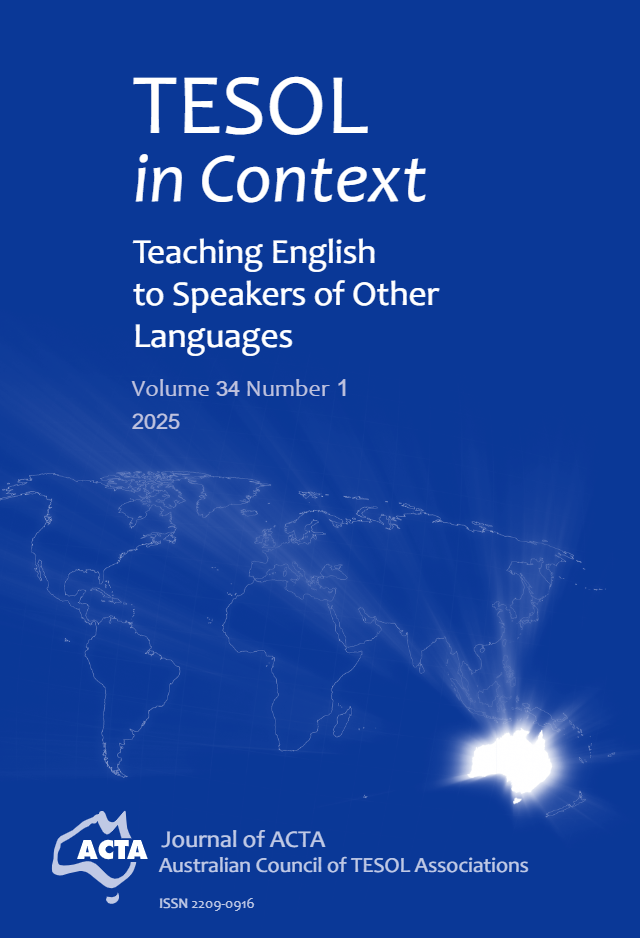Using cognitive behaviour therapy-based techniques for decreasing foreign language speaking anxiety and increasing confidence among EFL students: An intervention study
DOI:
https://doi.org/10.21153/tesol2025vol34no1art2180Keywords:
Cognitive behaviour therapy, Foreign language anxiety, intervention study, Japanese EFL classroom, speaking-related anxietyAbstract
Cognitive behaviour therapy (CBT) is a common and proven way to treat anxiety. In language learning settings, CBT has been shown to remedy students’ anxiety and help them actively engage with a new language. However, research is inconclusive on how to best approach CBT-based interventions for language learning, and how to cater to students’ specific needs. To determine how to best develop CBT-based activities for the foreign language classroom, this study adapted a number of validated tools and activities to a Japanese university context to determine how students experience foreign language anxiety (FLA), and how a CBT-based intervention can remedy it. This qualitative intervention study describes the use of a questionnaire which includes scenarios that gauge how students experience FLA, and how they describe and manage their emotions. CBT-inspired activities were then implemented as an intervention with 87 students in 4 classes to help them reduce FLA, feel more positive about their skills, and become more confident about speaking English in class. At the beginning of the courses, a majority of respondents (N=69) reported having negative emotions regarding the questionnaire scenarios. After the CBT-based intervention, reflection journal questions and a final questionnaire showed that the intervention helped students develop a more positive view of their speaking abilities, especially with regard to making mistakes. This study shows how CBT activities can be developed and adapted to specific language learning contexts and provides recommendations for future practice.
Metrics
Downloads
Published
Issue
Section
License
Copyright (c) 2025 TESOL in Context

This work is licensed under a Creative Commons Attribution-ShareAlike 4.0 International License.






